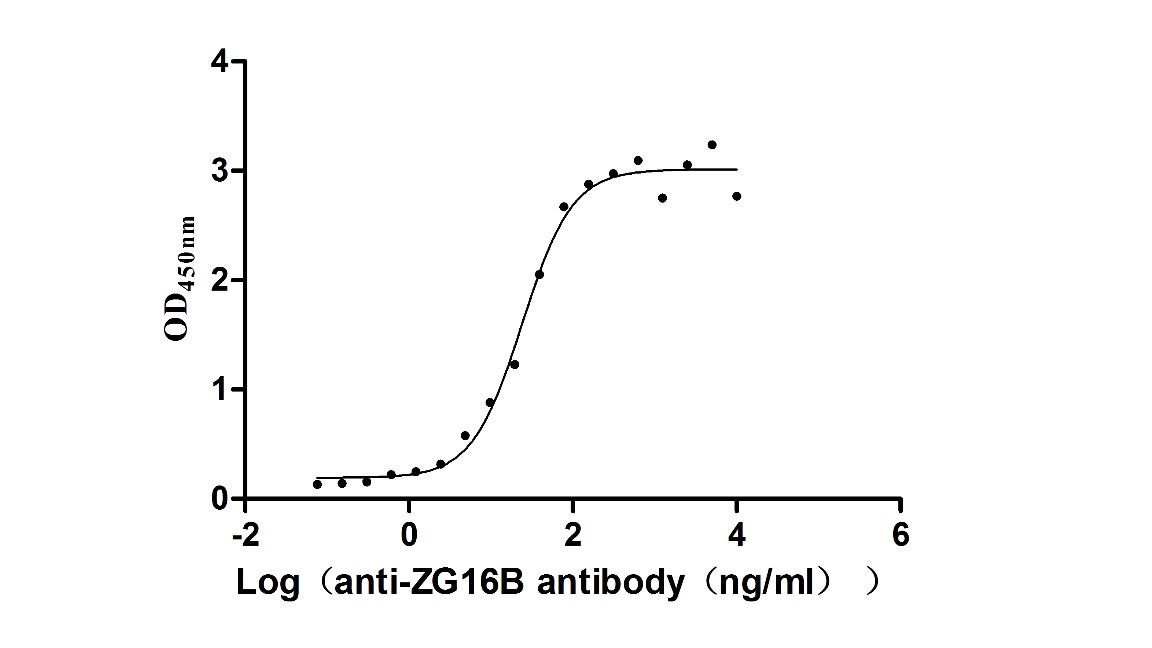Recombinant Koala retrovirus Pro-Pol polyprotein (pro-pol), partial
-
中文名稱:Recombinant Koala retrovirus Pro-Pol polyprotein(pro-pol) ,partial
-
貨號:CSB-YP871321KAAM
-
說明書:
-
規格:
-
來源:Yeast
-
其他:
-
中文名稱:Recombinant Koala retrovirus Pro-Pol polyprotein(pro-pol) ,partial
-
貨號:CSB-EP871321KAAM
-
說明書:
-
規格:
-
來源:E.coli
-
其他:
-
中文名稱:Recombinant Koala retrovirus Pro-Pol polyprotein(pro-pol) ,partial
-
貨號:CSB-EP871321KAAM-B
-
說明書:
-
規格:
-
來源:E.coli
-
共軛:Avi-tag Biotinylated
E. coli biotin ligase (BirA) is highly specific in covalently attaching biotin to the 15 amino acid AviTag peptide. This recombinant protein was biotinylated in vivo by AviTag-BirA technology, which method is BriA catalyzes amide linkage between the biotin and the specific lysine of the AviTag.
-
其他:
-
中文名稱:Recombinant Koala retrovirus Pro-Pol polyprotein(pro-pol) ,partial
-
貨號:CSB-BP871321KAAM
-
說明書:
-
規格:
-
來源:Baculovirus
-
其他:
產品詳情
-
純度:>85% (SDS-PAGE)
-
基因名:pro-pol
-
Uniprot No.:
-
別名:pro-pol; Gag-Pol polyprotein; Pr125Pol) [Cleaved into: Matrix protein p15; MA); RNA-binding phosphoprotein p12; pp12); Capsid protein p30; CA); Nucleocapsid protein p10-Pol; NC-pol); Protease/Reverse transcriptase/ribonuclease H; EC 2.7.7.49; EC 2.7.7.7; EC 3.1.26.4; p87); Integrase; IN; EC 2.7.7.-; EC 3.1.-.-; p42)]
-
種屬:Koala retrovirus (KoRV)
-
蛋白長度:Partial
-
蛋白標簽:Tag?type?will?be?determined?during?the?manufacturing?process.
The tag type will be determined during production process. If you have specified tag type, please tell us and we will develop the specified tag preferentially. -
產品提供形式:Lyophilized powder
Note: We will preferentially ship the format that we have in stock, however, if you have any special requirement for the format, please remark your requirement when placing the order, we will prepare according to your demand. -
復溶:We recommend that this vial be briefly centrifuged prior to opening to bring the contents to the bottom. Please reconstitute protein in deionized sterile water to a concentration of 0.1-1.0 mg/mL.We recommend to add 5-50% of glycerol (final concentration) and aliquot for long-term storage at -20℃/-80℃. Our default final concentration of glycerol is 50%. Customers could use it as reference.
-
儲存條件:Store at -20°C/-80°C upon receipt, aliquoting is necessary for mutiple use. Avoid repeated freeze-thaw cycles.
-
保質期:The shelf life is related to many factors, storage state, buffer ingredients, storage temperature and the stability of the protein itself.
Generally, the shelf life of liquid form is 6 months at -20°C/-80°C. The shelf life of lyophilized form is 12 months at -20°C/-80°C. -
貨期:Delivery time may differ from different purchasing way or location, please kindly consult your local distributors for specific delivery time.Note: All of our proteins are default shipped with normal blue ice packs, if you request to ship with dry ice, please communicate with us in advance and extra fees will be charged.
-
注意事項:Repeated freezing and thawing is not recommended. Store working aliquots at 4°C for up to one week.
-
Datasheet :Please contact us to get it.
靶點詳情
-
功能:Plays a role in budding and is processed by the viral protease during virion maturation outside the cell. During budding, it recruits, in a PPXY-dependent or independent manner, Nedd4-like ubiquitin ligases that conjugate ubiquitin molecules to Gag-Pol, or to Gag-Pol binding host factors. Interaction with HECT ubiquitin ligases probably links the viral protein to the host ESCRT pathway and facilitates release.; Targets Gag and gag-pol polyproteins to the plasma membrane via a multipartite membrane binding signal, that includes its myristoylated N-terminus. Also mediates nuclear localization of the pre-integration complex.; Constituent of the pre-integration complex (PIC) which tethers the latter to mitotic chromosomes. This allows the integration of the viral genome into the host DNA.; Forms the spherical core of the virion that encapsulates the genomic RNA-nucleocapsid complex.; Involved in the packaging and encapsidation of two copies of the genome. Binds with high affinity to conserved UCUG elements within the packaging signal, located near the 5'-end of the genome. This binding is dependent on genome dimerization. Acts as a nucleic acid chaperone which is involved in rearrangement of nucleic acid secondary structures during gRNA retrotranscription.; Protease: The aspartyl protease mediates proteolytic cleavages of Gag and Gag-Pol polyproteins during or shortly after the release of the virion from the plasma membrane. Cleavages take place as an ordered, step-wise cascade to yield mature proteins. This process is called maturation. Displays maximal activity during the budding process just prior to particle release from the cell.; Reverse transcriptase/ribonuclease H: RT is a multifunctional enzyme that converts the viral dimeric RNA genome into dsDNA in the cytoplasm, shortly after virus entry into the cell. This enzyme displays a DNA polymerase activity that can copy either DNA or RNA templates, and a ribonuclease H (RNase H) activity that cleaves the RNA strand of RNA-DNA heteroduplexes in a partially processive 3' to 5' endonucleasic mode. Conversion of viral genomic RNA into dsDNA requires many steps. A tRNA binds to the primer-binding site (PBS) situated at the 5' end of the viral RNA. RT uses the 3' end of the tRNA primer to perform a short round of RNA-dependent minus-strand DNA synthesis. The reading proceeds through the U5 region and ends after the repeated (R) region which is present at both ends of viral RNA. The portion of the RNA-DNA heteroduplex is digested by the RNase H, resulting in a ssDNA product attached to the tRNA primer. This ssDNA/tRNA hybridizes with the identical R region situated at the 3' end of viral RNA. This template exchange, known as minus-strand DNA strong stop transfer, can be either intra- or intermolecular. RT uses the 3' end of this newly synthesized short ssDNA to perform the RNA-dependent minus-strand DNA synthesis of the whole template. RNase H digests the RNA template except for a polypurine tract (PPT) situated at the 5' end of the genome. It is not clear if both polymerase and RNase H activities are simultaneous. RNase H probably can proceed both in a polymerase-dependent (RNA cut into small fragments by the same RT performing DNA synthesis) and a polymerase-independent mode (cleavage of remaining RNA fragments by free RTs). Secondly, RT performs DNA-directed plus-strand DNA synthesis using the PPT that has not been removed by RNase H as primers. PPT and tRNA primers are then removed by RNase H. The 3' and 5' ssDNA PBS regions hybridize to form a circular dsDNA intermediate. Strand displacement synthesis by RT to the PBS and PPT ends produces a blunt ended, linear dsDNA copy of the viral genome that includes long terminal repeats (LTRs) at both ends.; Catalyzes viral DNA integration into the host chromosome, by performing a series of DNA cutting and joining reactions. This enzyme activity takes place after virion entry into a cell and reverse transcription of the RNA genome in dsDNA. The first step in the integration process is 3' processing. This step requires a complex comprising the viral genome, matrix protein and integrase. This complex is called the pre-integration complex (PIC). The integrase protein removes 2 nucleotides from each 3' end of the viral DNA, leaving recessed CA OH's at the 3' ends. In the second step that requires cell division, the PIC enters cell nucleus. In the third step, termed strand transfer, the integrase protein joins the previously processed 3' ends to the 5' ends of strands of target cellular DNA at the site of integration. The last step is viral DNA integration into host chromosome.
-
亞細胞定位:[Gag-Pol polyprotein]: Virion. Host cell membrane; Lipid-anchor. Host late endosome membrane; Lipid-anchor. Host endosome, host multivesicular body.; [Matrix protein p15]: Virion.; [Capsid protein p30]: Virion.; [Nucleocapsid protein p10-Pol]: Virion.; [RNA-binding phosphoprotein p12]: Host cytoplasm.
Most popular with customers
-
Recombinant Human Angiotensin-converting enzyme 2 (ACE2), partial,Biotinylated (Active)
Express system: Mammalian cell
Species: Homo sapiens (Human)
-
Recombinant Human Tumor necrosis factor receptor superfamily member 1A (TNFRSF1A), partial (Active)
Express system: Mammalian cell
Species: Homo sapiens (Human)
-
Recombinant Human Heat-stable enterotoxin receptor (GUCY2C), partial (Active)
Express system: Mammalian cell
Species: Homo sapiens (Human)
-
Recombinant Macaca mulatta Microtubule-associated protein tau (MAPT) (Active)
Express system: Mammalian cell
Species: Macaca mulatta (Rhesus macaque)
-
Recombinant Rat Microtubule-associated protein tau (Mapt) (Active)
Express system: Mammalian cell
Species: Rattus norvegicus (Rat)
-
Recombinant Human Dickkopf-related protein 1 (DKK1) (Active)
Express system: Mammalian cell
Species: Homo sapiens (Human)
-
Recombinant Macaca fascicularis zymogen granule protein 16 homolog B (ZG16B) (Active)
Express system: Mammalian cell
Species: Macaca fascicularis (Crab-eating macaque) (Cynomolgus monkey)
-
Recombinant Human Desmoglein-2 (DSG2), partial (Active)
Express system: Mammalian cell
Species: Homo sapiens (Human)


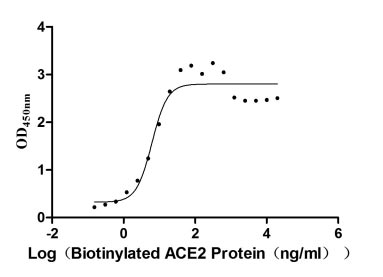
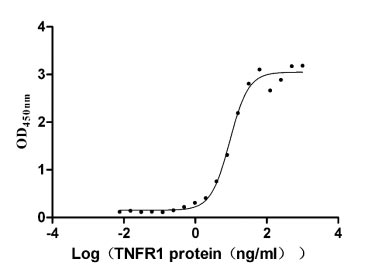
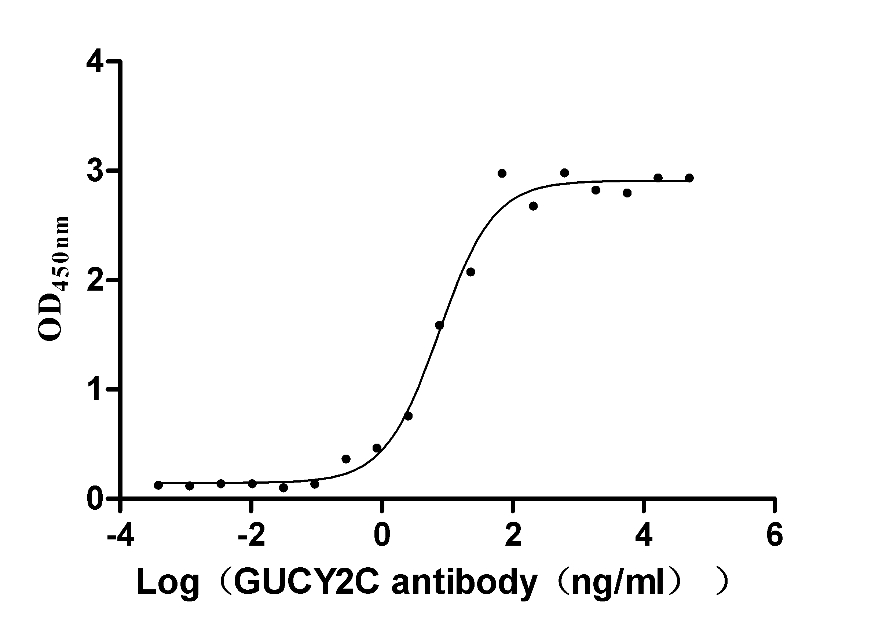
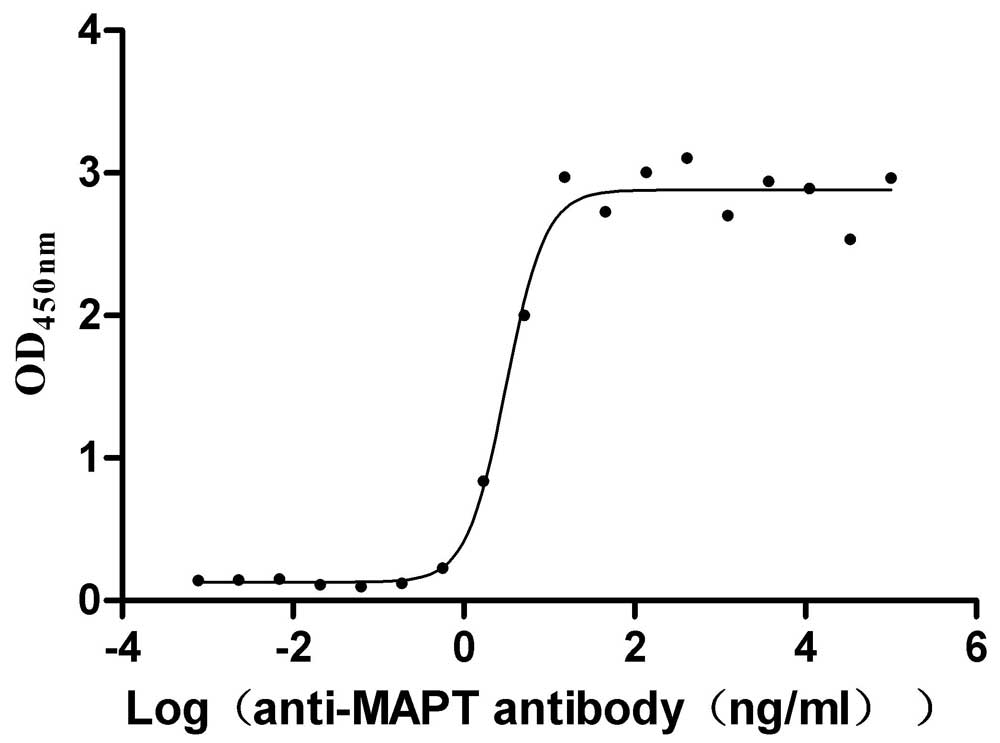

-AC1.jpg)
